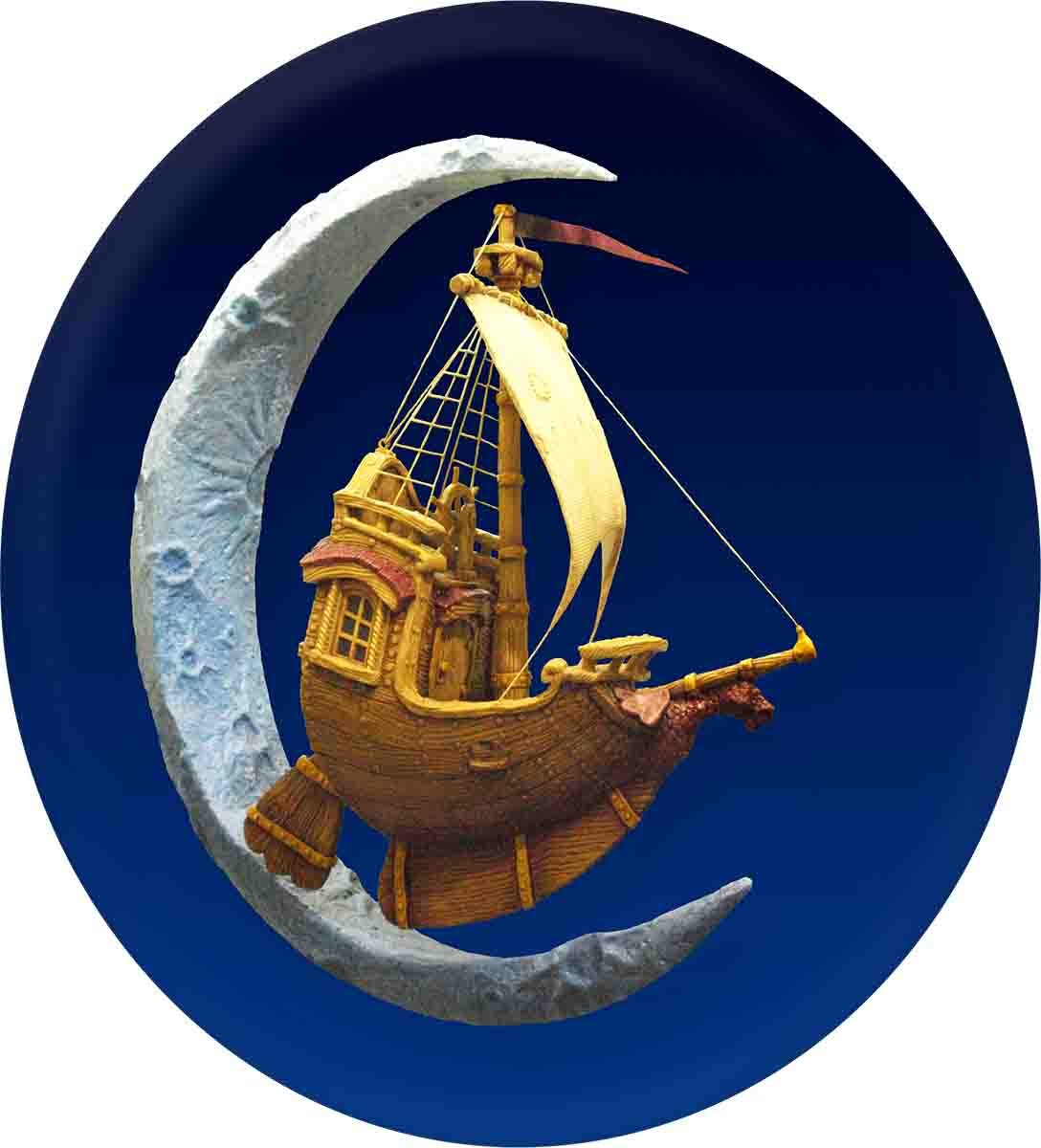(Gold Leaf Basics — Part A)
When we tell our customers that the gold on the signs we do is real they are often incredulous. Once we convince them it REALLY is 23K gold they assume the sign is worth a fortune — after all, we all hear on a regular basis just how valuable it is. The truth is, however, that while gilding does add value to a sign it really isn't that expensive a process.
We buy our gold in sheets. They measure 3 3/8" square and are slightly bonded to sheets of tissue paper. This is called patent gold. Gold can also be bought “loose” but loose gold it is much harder to handle. There are 25 sheets of gold in a book and twenty books (500 sheets) in a box. Gold leaf is a lot less expensive by the box — particularly when you include the cost of shipping.
(We buy ours at W&B Gold Leaf.)
We use oil based size to fasten the gold to the signs surface. The size comes in slow or fast setting, determined by the time it takes to '“tack up” (dry to the point you can lay the gold). We prefer fast size for surface gilding as our shop tends to be a little dusty. The size looks like a clear varnish. A thimble full was more than enough to do this particular sign. A little goes a long way! We recycle plastic pudding cups for this type of job. Once we are done they are garbage but we don't have to deal with any solvents — except to clean our brushes.
We brush the size on with a small brush. Because we routed the bevelled letters with a slight shoulder, raising them off the surface, they are quite quick to paint. A quality brush, however, is critical for a good job. We take our time and cover each letter well so there are no “holidays” (missed spots) later.
Now comes the hard part... waiting for the size to tack up. How long we wait depends on the temperature, the humidity and if there is air movement. When its ready a knuckle dragged over the size will squeak — Do this on a test piece - not your finished work!










